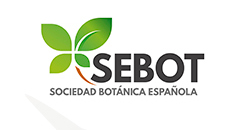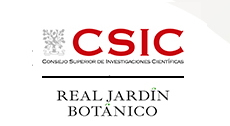Scientific Area
The role of pollinator generalization in co-flowering community assembly
ID: 613 / 407
Category: Abstract
Track: Pending
Proposed Symposium Title: The role of pollinator generalization in co-flowering community assembly
Authors:
Gerardo Arceo-Gomez1
Affiliations: 1East Tennessee State University, Tennessee, USA
Abstract:
Pollinators can play a key role in the assembly of plant communities. Due their ability to carry and disperse pollen among flowers they are central in mediating facilitative and competitive plant-plant interactions. These interactions can be direct (via pollen interactions on the stigma) or indirect (by altering pollinator visitation). However, their underlying complexity and their relative role in mediating the assembly of highly diverse plant communities is not fully known. To this end, we collected data on floral traits, phenology and pollinator visitation for over 40 plant species at the serpentine plant communities in California and used network tools to uncover novel patterns of co-flowering and trait structure to help elucidate the role of pollinator generalization in co-flowering assembly. Results show plant species are differentially assembled along multiple trait-axes (flower color and flowering time) depending on the efficiency and specialization level of the main pollinator groups. The assembly of plant species along multiple axes of trait differentiation limits pollinator sharing (competition) and contributes to the maintenance of diverse co-flowering communities. We further collected over 1000 flower visiting insects and plant styles and characterized pollen loads on insect bodies and flower stigmas. We reveal the importance of direct pollen-pollen interactions in community assembly, not only of those that occur on the stigma, but also of those that take place on pollinators bodies during pollen co-transport. Specifically, pollen co-transport networks revealed differences in the number and identity of competitors that pollen species encounter on insect bodies across pollinator taxa. Pollen co-transport networks were modular, indicating some pollen species interact more often on the bodies of pollinators than others. Differences in pollinator generalization can lead to vastly different competitive landscapes during pollen transport and deposition, with important consequences for plant community assembly.




